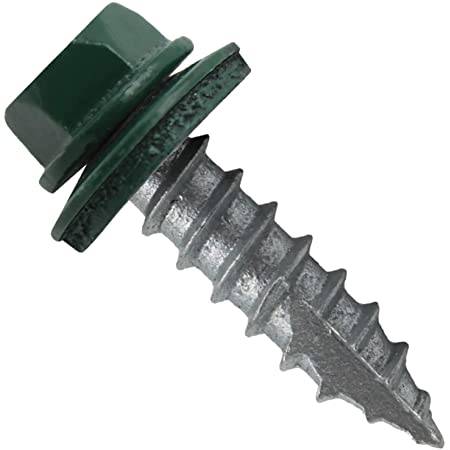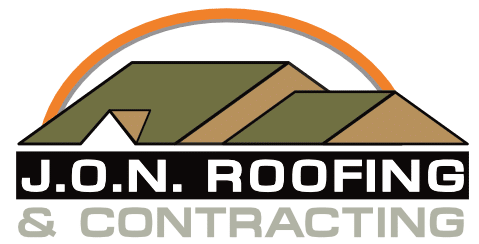Metal roof
There are misconceptions about metal roofing, but more and more homeowners realize the benefits of long-lasting, durable, fire-resistant and windproof metal roofing. And the products available today look better than ever before.
Important Factors To Consider Before Metal Roof Installation
The roof is arguably the most important surface in a home, perhaps even more essential than the exterior walls. Of course, there are always budget considerations.
Materials
Thanks to the many desirable properties of steel (durability, lightweight, strength, and plenty of colour options, among others), it is one of the most widely-used metal roofing materials. Our metal roofing products are procured locally and are constructed out of steel.
Cost
How much does a metal roof installation cost? There are plenty of factors to be considered. Metal roofing may be up to three times more expensive than laminate shingles. The labour cost to install a metal roof alone is higher than some roofing material because it requires special training, knowledge, and experience.
Installation
Apart from the cost, there are plenty of other questions surrounding metal roof installation. As the metal expands and contracts, the shingles will wear the protective coating under the metal panel, causing panels to rust underneath, if installed on top of the existing shingles. Therefore we have received training and have the skills and tools to install them for you.
Questions?
“Can you put a metal roof over shingles?”
It is a popular question that arises with the topic of metal roofing. Well, yes, you can. However, you should consult your trusted local roofer first before going this route. Many homeowners want to put a metal roof over their old shingles to avoid a complete tear-off and cut-down costs, but most roofers don’t recommend this.
The high installation cost for metal roofing may get you thinking, “Maybe I can do this myself?.” It’s not the best idea. As mentioned, it requires plenty of skill and specialized equipment. That said, you’re better off leaving this one to the pros.
It must be installed correctly for a metal roof system to work without fail for years and years to come. Done wrong, it can cause a financial nightmare.
Avoid expensive metal roofing installation mishaps. Work with one of the best roofing material installers the Annapolis Valley has to offer: J.O.N. Roofing.
Our certified roofing technicians at J.O.N.Roofing would be glad
to answer your questions and walk you through the process.
If you need a metal roof installed in the Annapolis Valley,
you know who to turn to!
Metal Facts
Some interesting facts about a metal roof
Let’s get straight to the point: the upfront costs of installing a metal roofing system are significantly higher.
A metal roof is more expensive than shingles.
However, if “investment” is what we’re talking about here, you’ve found a winner! A properly installed metal roof will return your investment from day one. Not only will it provide you with a lifetime of protection, but it will also cause a substantial increase in your home’s resale value.
The manufacture says:
“Longevity is one of the top reasons consumers report choosing metal roofing for their homes.”
“Metal roofing can last as long as 50 years or more, requiring very little maintenance and looking beautiful all the while.”
Metal can go on over your existing roof.
It’s frequently the case that metal roofing can be installed over old shingles, even if damaged. This saves money and reduces the time and mess involved in installing your roof. Special installation techniques can make installing metal over shingles work even better.

Pros for Metal Roofing:
Lightweight. Metal is about the lightest material you can install on your roof.
Longevity. Metal offers good weather resistance and can last a long time.
Long warranty. Many metal manufacturers may offer limited warranties that last up to 30 or more years.
Colour longevity: Most products are made with alloys and specialized resin paints that can handle salt spray, extreme heat, and heavy precipitation without issue.
Cons for Metal Roofing:
Very expensive. Metal’s biggest drawback is that the cost may be up to three times as much as laminated shingles on average.
Extreme expansion and contraction. Metal roofs expand and contract quite a bit, compromising their long-term performance and ability to remain watertight.
Product selection: Though high-performing materials such as stainless steel, copper, and zinc are available, low-end steel products are still available. Architects advise against low-grade metals that are thinner and less durable, especially near seaside locations.
inspection
metal roof INSpection
Metal roofing systems have a more extended lifespan than a traditional roof. With the proper installation, it can last you up to 50 years or more than shingle roofing.
Metal roofing is known for its durability. However, like many systems, it’s not indestructible. There are some components of your metal roof that will require regular inspections to ensure your system is secure and not producing leaks. While you won’t be required to do much regarding maintenance, what you are looking for is wear and tear, storm damage, or shifting in the metal panels. Here are some important steps to ensure you are doing your best to extend your metal roof’s life.
J.O.N Roofing does not charge for a basic roof inspection!
Do not overlook the need to inspect your roof.
Regularly check your roof for issues and work with a professional in the field to help you out.
This maintenance may prevent future costly damage to your home, especially given the changing climate that has been responsible for more and more violent storms in the Annapolis Valley.
When to Inspect Your Metal Roof?
Regardless of what roofing system is in place, always check it after the end of an intense weather season. Intense weather with heavy rainfall and extreme winds can increase fastener failure in traditional metal roofing. Immediate inspection of the roof should take place after the passing of a storm.
The first thing to do when inspecting a metal roof, if safe to do so, is to walk the entire roof to check for drainage issues, moisture problems, discoloration, leaks, patch breakdown, panel corrosion, flashing problems, loose fasteners, deflected panels, and loose or damaged panels.
Expansion Joints
If you have these on your roof, inspect them thoroughly for cuts, gaps, and tears.
Corrosion
Metal roofs are prone to corrosion, loose panels, and bends. Seams should be checked for water tightness.
The fasteners
Another problem that you should be looking for is the integrity of the fasteners. Sometimes fasteners are tightened down too much, which may cause them to rust. Panel fasteners usually have sealing washers that use neoprene, which may break down over time due to expansion and contracting or exposure to ultraviolet rays. While walking the metal roof, it is good to touch the sealant to see if it is still soft and pliable, that fasteners are tight, and washers are in good shape.


Metal Roof Maintenance Checklist
Here’s what to look for when you are assessing your metal roof:
- Visible damage
- Leaks, stains, or cracks in exterior walls
- Holes, stains, or cracks on interior walls
- Leaks in the ceiling
- Rust or mold on the interior roof deck
- Cracks/dents on the roof deck
- Colour fading
- Debris or dirt on the field roof
- Discoloration at lap joints
- Missing fasteners
- Sealant failures
- Soft spots on the primary roofing panels
- The roof is securely attached to the perimeter.
- The drainage system is working.
- The gutters are free from debris and still attached.
- The roof edges show no signs of deterioration.
- The expansion joints don’t have excessive movement.
- No signs of penetration
- Curb flashings show no sign of movement and are attached securely
- Roof-mounted HVAC is secure
- the sealant
the sealant
One of the most common leakage areas in a seam fastened metal roofing system is caused by deteriorated panel seams, perimeters, and flashings. As panels expand and contract from the temperature differences, the sealant used between the panels can become brittle. If you are located in a windy area, panel fasteners may be loose or missing. In some windy situations, the fastener holes can be stretched out from the panels, creating larger gaps than the sealing washers.
Drains & Gutters
Since most metal roofs are usually sloped, they drain to a gutter system that may be exposed or concealed. You should check gutters, drains and downspouts to ensure they are free of debris or blockages such as sticks and leaves.
